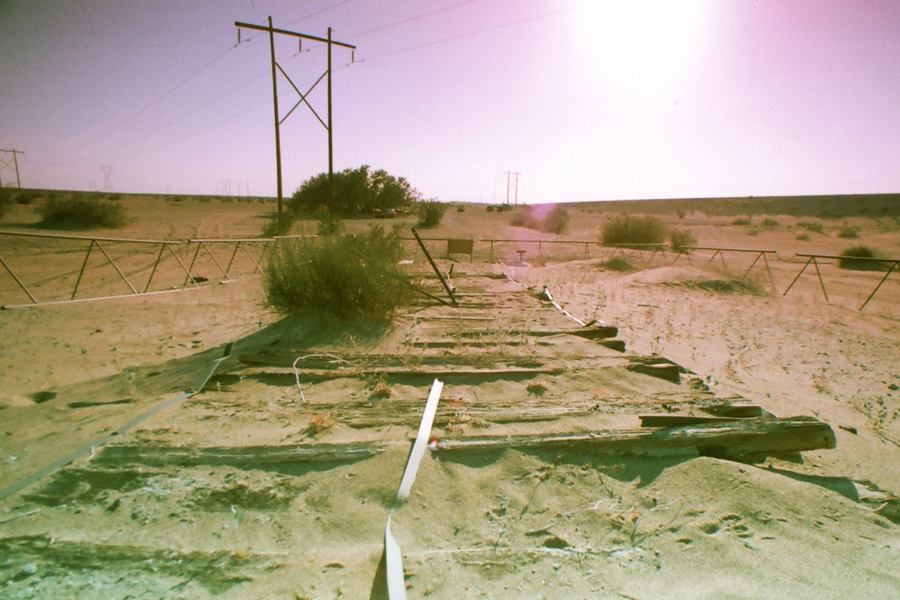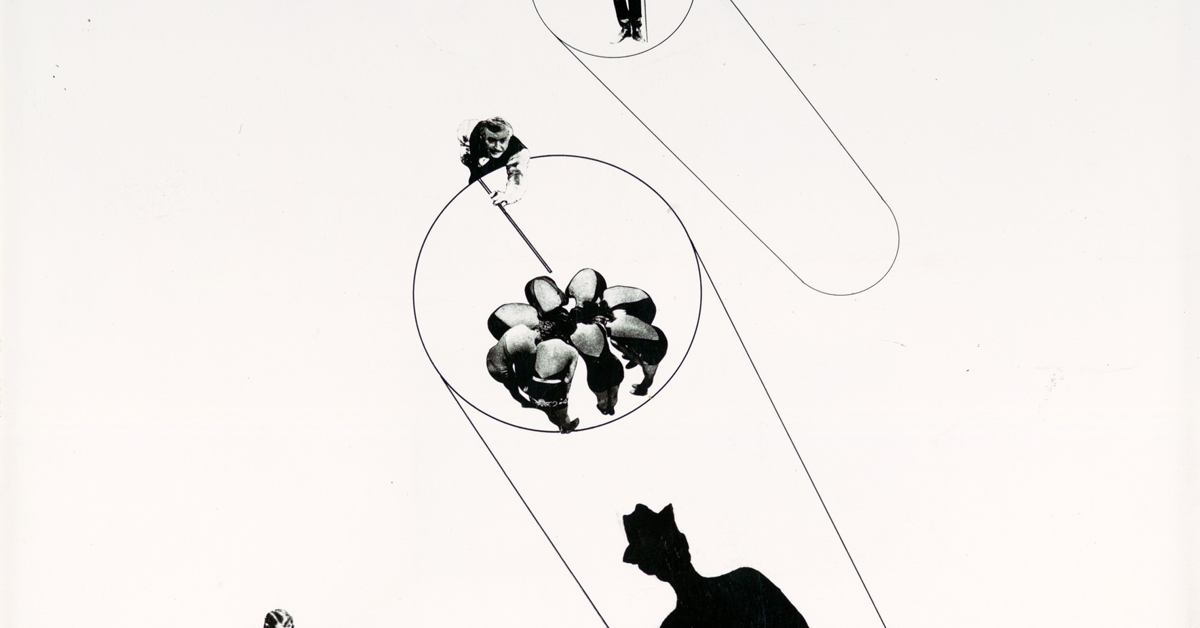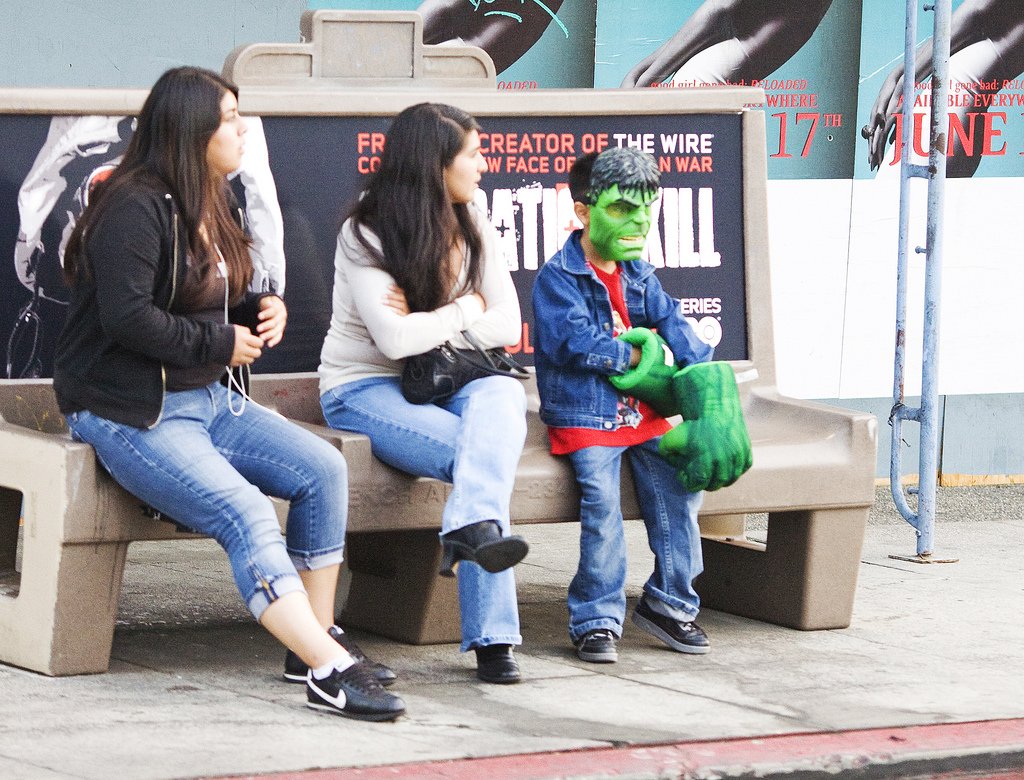
“The Old Plank Road is a plank road in Imperial County, California that was built in 1915 as an east–west route over the Algodones Dunes. It effectively connected the extreme lower section of Southern California to Arizona and provided the last link in a commercial route between San Diego and Yuma. Following Los Angeles’ winning the right to be the western terminus of the transcontinental railroad, San Diego’s civic leaders proposed the Plank Road to ensure their city became the hub of Southern California’s road network rather than Los Angeles.” -Wikipedia
Stephen Ambrose, in his new book describing the construction of the Transcontinental railroad, Nothing Like It In the World, suggests that trains were the primary vehicle for introducing the industrial revolution. He quotes an engineer who said, “where a mule can go, I can make a locomotive go.” The poetry of engineering requires both the imagination to conceive and the skills to execute. We use concepts to frame our imagination, we use skills to build the foundation for change. Just as the train ushered in the Industrial Age, the brain ushers in the Innovation Age.

American engineers invented new ways to deal with old problems regardless of precedent. Great leaders free and support exemplary brainpower. Just as Lincoln freed an engineer to build a railroad from Omaha to Sacramento, we need to free our brains to generate new sources of peace and prosperity to solve the old problems of war and poverty. The precedents of the Information Age fueled by computing power are closing down and blocking our ability to enter the Innovation Age fueled by human brainpower. Computer power needs electricity. Brainpower needs skills. We need to complement our binary coding with multi-dimensional, interdependent processing. Information capital needs to be driven by human capital and we need to put the HUMAN back into the promise of human capital.
Ambrose’s book on the railroad can be read as a metaphor for the introduction of human and organization capital. It took several decades to bridge the gap from concept to reality (1830 to 1870). That bridge required a whole range of skills: surveying, blasting, rail-laying, etc. And it took an epic commitment manifested in back-breaking work, as well as a culture of teamwork and purpose.
Most people include Lincoln on their list of great leaders. Why is that? He had the emotional courage to end slavery and the intellectual vision to see the possibilities of connecting coasts. Lincoln not only ended slavery, he also was the prime initiator in the transcontinental railroad. The civil war was fought to hold together north and south; the railroad was built to connect east and west. Lincoln was thinking multi-dimensionally and interdependently. This is the kind of leadership we need to transform the way we live, learn, and work today.
Visionaries use their brainpower to conceptualize. Engineers use their skills to execute. We need to apply both to education, health care, foreign policy, and the way we work.
A concept can be defined as an abstract idea, a general notion, a conscious intention, or an original conception. For example, one might have a new concept in corporate culture, or a new idea to commercialize an innovative service, or a new model for demonstrating interdependencies.
A skill can be defined as the ability to do something well, as having deep expertise, or a specific capability. Skill mastery defines the level of competence, aptitude, or artistry a person possesses. For example, a person may have exceptional cooking skills, parenting skills, or interpersonal skills.
In short, a concept concerns itself with what, when, where, and why. A skill addresses the question of how.
The questions are:
- How well do we conceptualize and for what purpose?
- What skills do we have or need to turn our concept into a reality?
- How do we partner with others to move the idea forward?
- How do we mobilize and align people behind our ideas?
Our current state of affairs indicate that our concepts are too narrow and small, our skills are inadequate, our relationships are lacking, and our ability to mobilize and align are entirely insufficient given the rapid changes we are facing.
In my experience, people tend to get quickly enamored with ideas, attempt to apply concepts without mastering the required skills, venture forth competitively and independently in order to establish a commercial advantage, and then claim thought leadership status without having delivered anything. I have found that people are not particularly inclined to do the work required for mastery and are not particularly open to collaborating with others to enrich and advance their ideas (or someone else’s idea that they trivialized, bastardized, and privatized).
There are, of course, exceptions to this rule. When my older daughter, Rebecca, did her TED Talk on Reading Aloud, she not only presented the concepts in compelling and captivating ways, she also showed the audience how to help kids get inside a book and invited them to do some of the steps. She talked about the concepts and taught some of the basic skills. But this success didn’t just magically happen. Rebecca did the work required to translate her ideas into action. She not only spent 20 years refining her teaching and performance skills, she also partnered with other educational institutions and professionals to advance her ideas.
The transcontinental railroad is a great example of what it takes to transform a concept into a reality. Our transportation system (as problem-plagued as it is today) took extraordinary skills and mind-boggling commitment to put in place. It connected coasts and people at a very fragile time in history. The Union was at stake and commerce was struggling. It was a game-changing idea that required skills, partnerships, and continuous mobilization of all constituents.
We need to learn from history that great ideas can be transformative. Indeed, the possibilities inherent in human and organizational capital development could far exceed the benefits of a railroad. But we can’t be railroaded by resistance and precedence into ever-smaller ideas that never come to fruition. We need to free our brains to do what trains never could: create a new and better future for living learning and working—peacefully, interdependently, and harmoniously. And we need new leadership mindsets that embrace change and empower the exemplars who can actually make things happen.
Also published on Medium.




[…] The biggest shift in skills has resulted from new business opportunities and larger markets. Also the shifts from The Industrial Age to The Information Age to The Age of Ideation have created entirely new skill requirements. The world still needs manufacturing capabilities and […]